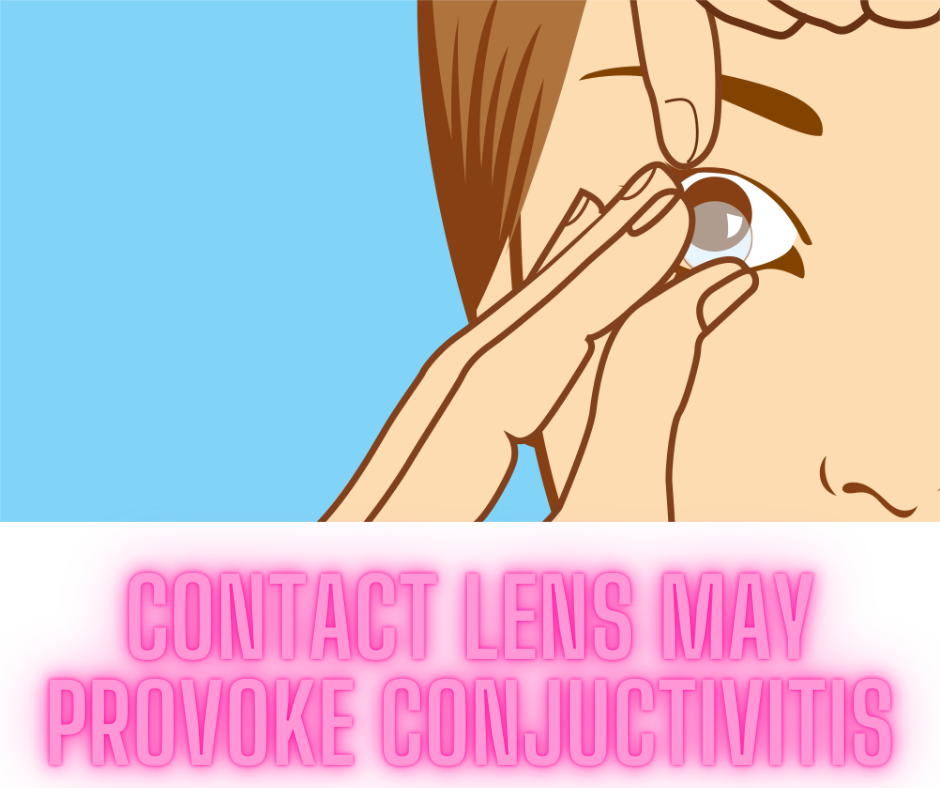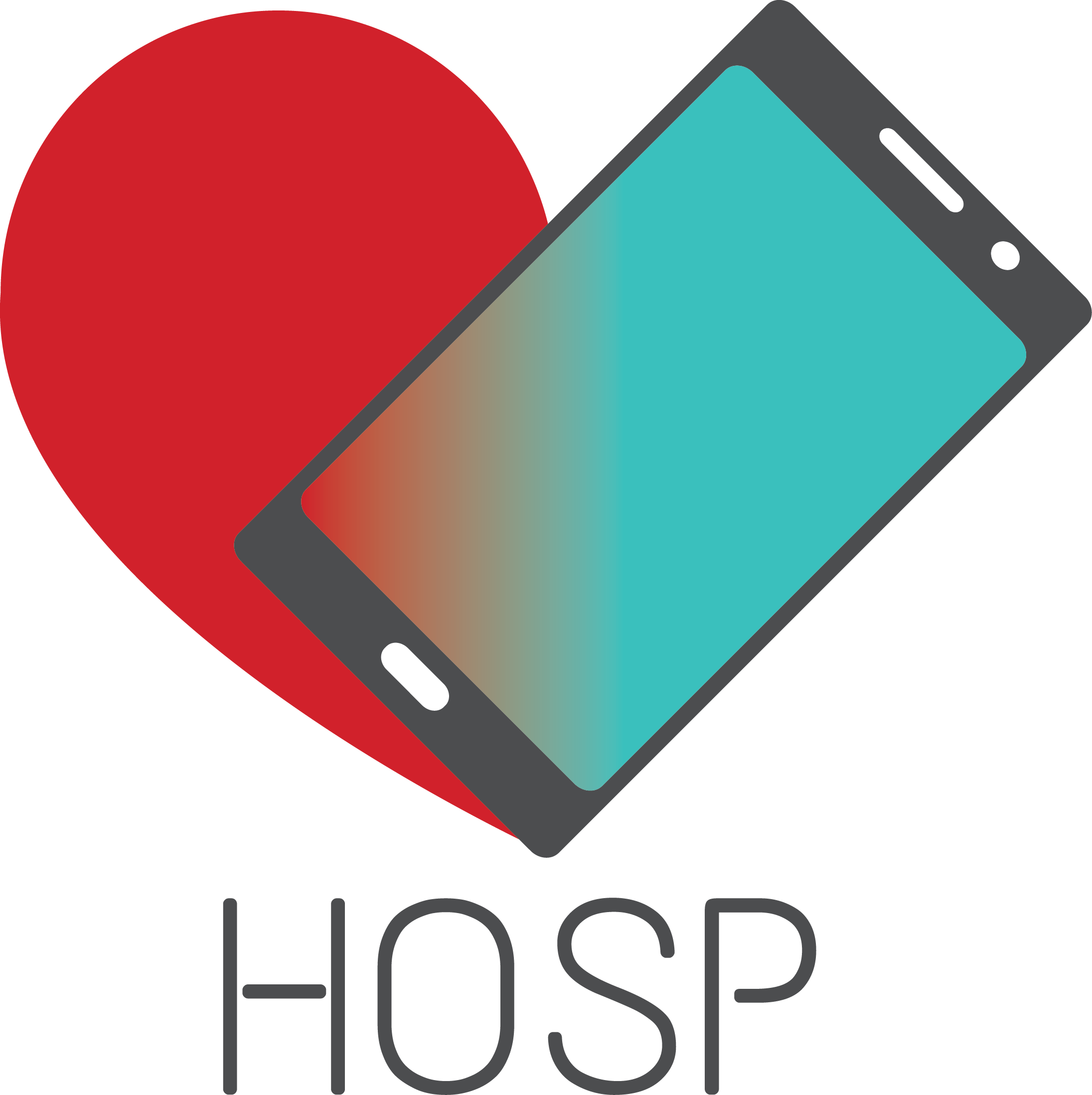Conjunctivitis
The conjunctiva is a transparent and smooth mucous membrane that covers the sclera (the white of the eye) and the inner surface of the eyelid, connecting the posterior eyelid surface and the eyeball. Conjunctiva responds to a wide range of bacteria, viruses, infections, allergies, toxic agents, and it is also associated with other diseases. Therefore, the most common cause of conjunctivitis is the various external factors that adversely affect the eye. To clarify, the tears contain antibodies and enzymes that prevent the bacteria from developing, so the tears protect the conjunctiva by diluting and flushing the bacteria.
Inflammation occurs in many forms: from mild redness, increased tearing, acute purulent inflammation, all the way to long-term problems associated with tear secretion. Viral and bacterial forms of conjunctivitis often occur in childhood, but can also occur in adulthood. Eye redness can occur at any age.
Causes
The conjunctiva is exposed to microorganisms and other forms of irritation. Tears protect the conjunctiva by diluting the bacteria and flushing them out. Tears also contain enzymes and antibodies that prevent the development of bacterial infection.

There are many causes of conjunctivitis. Firstly, the most common are viral infections. secondly agents are bacteria, chlamydia, fungi, and parasites. Viral and bacterial forms of conjunctivitis are highly contagious and can spread very quickly among children, sometimes causing local outbreaks. Other causes are allergies (allergic conjunctivitis), exposure to chemicals, irritation by for example wind, dust, smoke. Pink eye can also accompany common colds and rashes.
Newborns can be infected with bacteria (chlamydia) in the birth canal. This disease is called neonatal inclusion conjunctivitis or ophthalmia neonatorum.
Wearing contact lenses, and especially long-wearing lenses, is also risky, as well as contact with people with a pink eye.
Symptoms
Pink Eye or conjunctivitis is an inflammation of the sheath (conjunctiva) that covers the inside of the eyelid and the outer part of the eyeball, ie. sclera. Moreover, Inflammation causes the vessels to widen, which becomes visible, giving that pink eye appearance. Eyes affected by itching or burning and sometimes feeling warm. Also, tears or a thickening secretion during the night may occur, and the patient with conjunctivitis may have a problem with opening his eyes after waking up or feeling “glued eyelids”. Other symptoms and signs of conjunctivitis include:
- conjunctival swelling;
- a sense of foreign body presence in the eye;
- sensitivity to light;
- enlarged and painful lymph nodes located in front of the ear (lymph nodes are very important because they represent the way in which fluids inside the body are “purified” from bacteria, viruses and other pathogens);
- a feeling of discomfort when wearing contact lenses (they cannot stand still or there is a feeling of itching due to the collection located under the eyelid).

Conjunctivitis treatment
Conjunctivitis usually goes without specific treatment. However, to reduce the pain, especially tears, artificial tears or eye drops can be used, which can be purchased without a doctor’s prescription. More severe treatment is recommended if symptoms worsen (eg, scratching, blurred vision, intense redness, discomfort) or if conjunctivitis occurs after chemo or other treatment for malignancies or if a person has HIV infections.
Symptoms of viral conjunctivitis disappear after 7-14 days except in cases of more serious infection. Also, it does not require therapy. Antibiotics are not effective as therapy, and doctors administer antiviral drugs if Herpes Zoster or Herpes simplex virus causes infection.
Moderate bacterial conjunctivitis also goes untreated. Antibiotic administration shortens the duration of the illness. Eye drops with antibiotics or antibiotic ointments that kill the causative agent may be used and often have corticosteroids that reduce the inflammatory response. Be sure to consult your doctor unless you notice an improvement 24 hours after applying the antibiotic!
Treatment of atopic (allergic) conjunctivitis involves eliminating or moving away from the causative agent. It often happens that inflammation occurs as a result of irritation caused by wearing contact lenses and therefore, wearing them should be stopped and avoided until the infection completely disappears.

